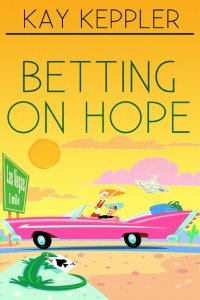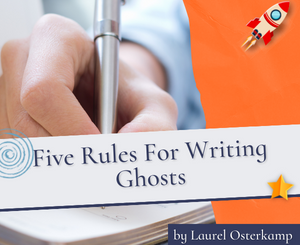Perspective: Pointing the Way to Story by Kay Keppler
Join me in giving a warm welcome back to our monthly columnist, author Kay Keppler, as she discusses the hot topic of perspective, or point of view (or POV.) She defines it and offers tips and tools, too, to help you choose your story’s perspective. Enjoy!
***
Part of craft is choosing from which perspective, or point of view, you tell your story. Your choices are first, second, or third person (limited or omniscient). Each has its strengths and drawbacks. Well, okay, second person has no strengths, only drawbacks, unless you’re writing how-to manuals. In that case, carry on. Fiction people, you have choices to make.
The first thing to do
Forget about second person. It’s limiting and difficult to use, because it’s all about commands, instructions, and telling. You want to know what I think? You’re probably too knowledgeable to get trapped in this voice, but in second person, the only pronoun you’ve got to work with is “you.” You don’t want to go there. You can trust me on this.
The second thing to think about
The first person perspective is the one to choose if you want all the action of your book told in the narrative character’s voice.
- Every action will be filtered through that character’s eyes.
- Is your character a reliable narrator?
- He or she doesn’t have to be. Is that what you’re going for?
Think about To Kill a Mockingbird. The funny, heartbreaking, unforgettable story of a small-town lawyer who risks everything to defend a black man unjustly accused of a terrible crime is told through the eyes of eight-year-old Scout. Scout is a reliable narrator, but her understanding is limited by her youth. The tension—beyond the events themselves—comes from what she says and what the reader senses happens past her view.
Think how different that story would be if Atticus Finch, Scout’s father, had told the story. Or if an omniscient narrator had told it.
If you want to write a first-person perspective in your own story, choose a likable character with a unique and compelling voice. You want your readers to stick with you to the end, so give them a character that fascinates them.
The third thing to consider
The third-person perspective offers two choices: omniscient or limited.
In third person omniscient, the narrator knows the thoughts and feelings of all the characters. That is, you can head hop (from scene to scene only, usually.)
In third person limited, the narrator adheres closely to one character’s perspective. Third person limited has all the constraints of first person—the reader sees only what the protagonist sees—but the narrative has somewhat more objectivity.
One classic third person limited narrative is the Harry Potter series. J.K. Rowling strays from Harry’s perspective only rarely and employs magic (the invisibility cloak and the pensieve, for example) to show through Harry’s view the events that readers need to know. You have to admit, magic is handy.
Conceivably this series could have been told in either first person or third person omniscient, as well. But the third person limited perspective worked for Rowling pretty well.
With third person omniscient, you aren’t limited to a single character’s perspective. Think of the film Rashomon, in which all the characters tell the same story, but from their unique (and contradictory) points of view. In third person omniscient, you can have a lovers quarrel narrated first by the Suitor and then by the Object of Desire, followed by the Neighbor Who Heard All, and then even by the Parson or Contracts Attorney. Each point of view should contribute to a layered narrative.
However, head-hopping is hard on readers if you jump from character to character in one scene. Readers need to be grounded. If you want to write the lovers quarrel scene from multiple points of view, give each character the floor for long enough to tell the story before you move to the next character.
Choosing the perspective
That’s the key: Don’t confuse your readers. Direct them. Whatever perspective you choose, your readers have to know where they are in relation to the characters and the action so they can get their bearings and then, ultimately, lose themselves in the story.
***
ABOUT THE AUTHOR
 KayKeppler (www.kaykeppler.com) is an author Zero Gravity Outcasts, Betting on Hope, Gargoyle: Three Enchanting Romance Novellas, and editor of fiction and nonfiction – Angel’s Kiss and Outsource It! She lives in northern California. Contact her here at Writer’s Fun Zone in the comments below, or at kaykeppler@yahoo.com to ask questions, suggest topics, or if you prefer, complain.
KayKeppler (www.kaykeppler.com) is an author Zero Gravity Outcasts, Betting on Hope, Gargoyle: Three Enchanting Romance Novellas, and editor of fiction and nonfiction – Angel’s Kiss and Outsource It! She lives in northern California. Contact her here at Writer’s Fun Zone in the comments below, or at kaykeppler@yahoo.com to ask questions, suggest topics, or if you prefer, complain.








Great ideas.I am revising my sci-fi trilogy so will use some of your ideas with my numerous characters.
Hi Patricia,
I’m glad if any of these suggestions will work for you. One of the best things about science fiction is that your characters, while they have to be consistent within the rules of the world you’ve set up, can be as weird and wonderful as you want. Have fun!